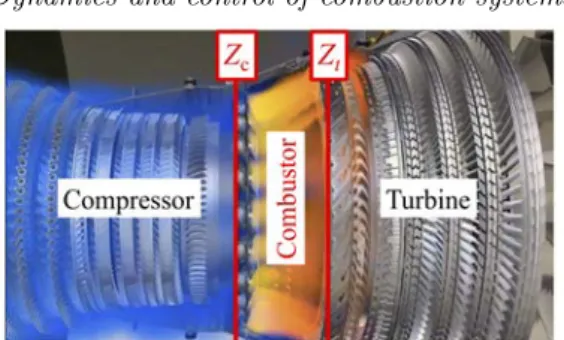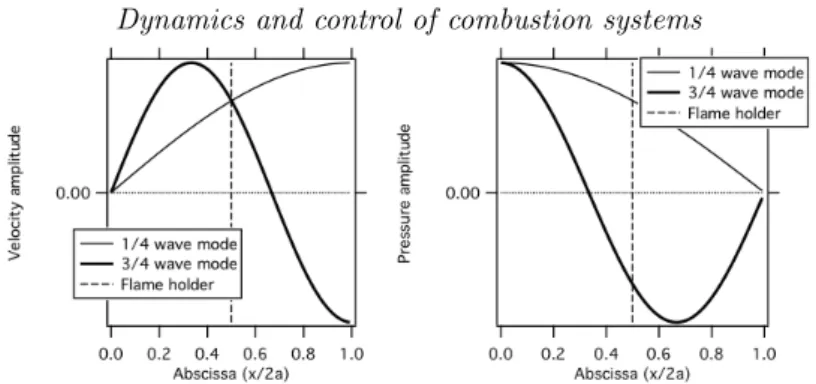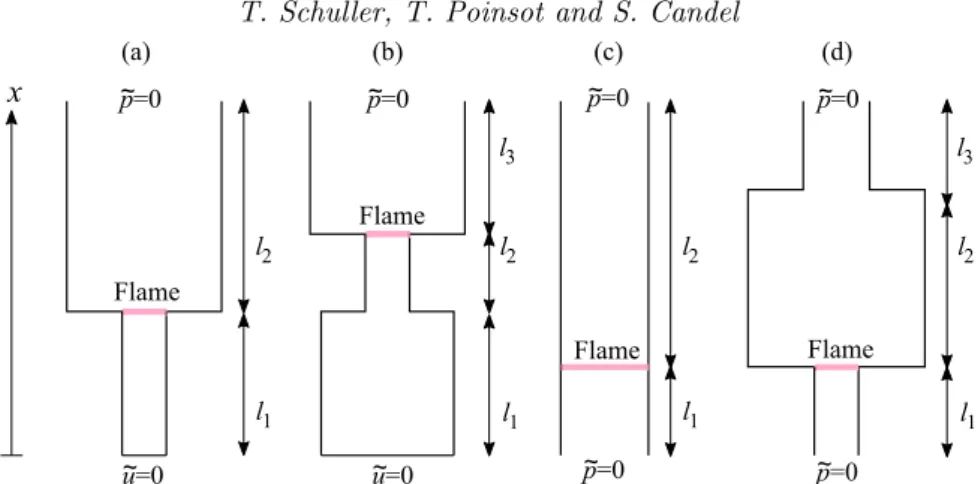Dynamics and control of premixed combustion systems based on flame transfer and describing functions
Texte intégral
Figure




Documents relatifs
The improvement in the mechanical properties of TLCP nanocomposites resulted from the enhanced interfacial adhesion between modified CNT and TLCP as well as uniform dispersion
Today, there exists an estimated $33 trillion worth of constructed assets in North America, with 20 percent of that asset base invested in municipal infrastructure. In North America
Version auteur - Acceptée pour publication A paraître dans Genèses, n° 108 (La Reproduction nationale – 2017)..
Our understanding of the mechanism of the various degradation processes has been insufficient to solve problem such as prediction of performance of cement paste under
The following revisions to the Canadian Plumbing Code 1985 have been approved by the Associate Committee on the National Building Code for immediate
En comparaison avec les corpus existants annotés discursivement (en particulier le Penn Discourse TreeBank pour l’anglais), le corpus ANNODIS présente deux carac- téristiques propres
Keywords: parameters estimation, maximal conductance ionic parameters, bidomain model, optimal control with PDE constraints, first order optimality conditions, physiological
– dans un premier temps, nous avons utilisé cette méthode sur les cinq variables significa- tives données par André Augé : X 203 , X 210 , X 218 , X 223 et X 315 ,.. – puis on





